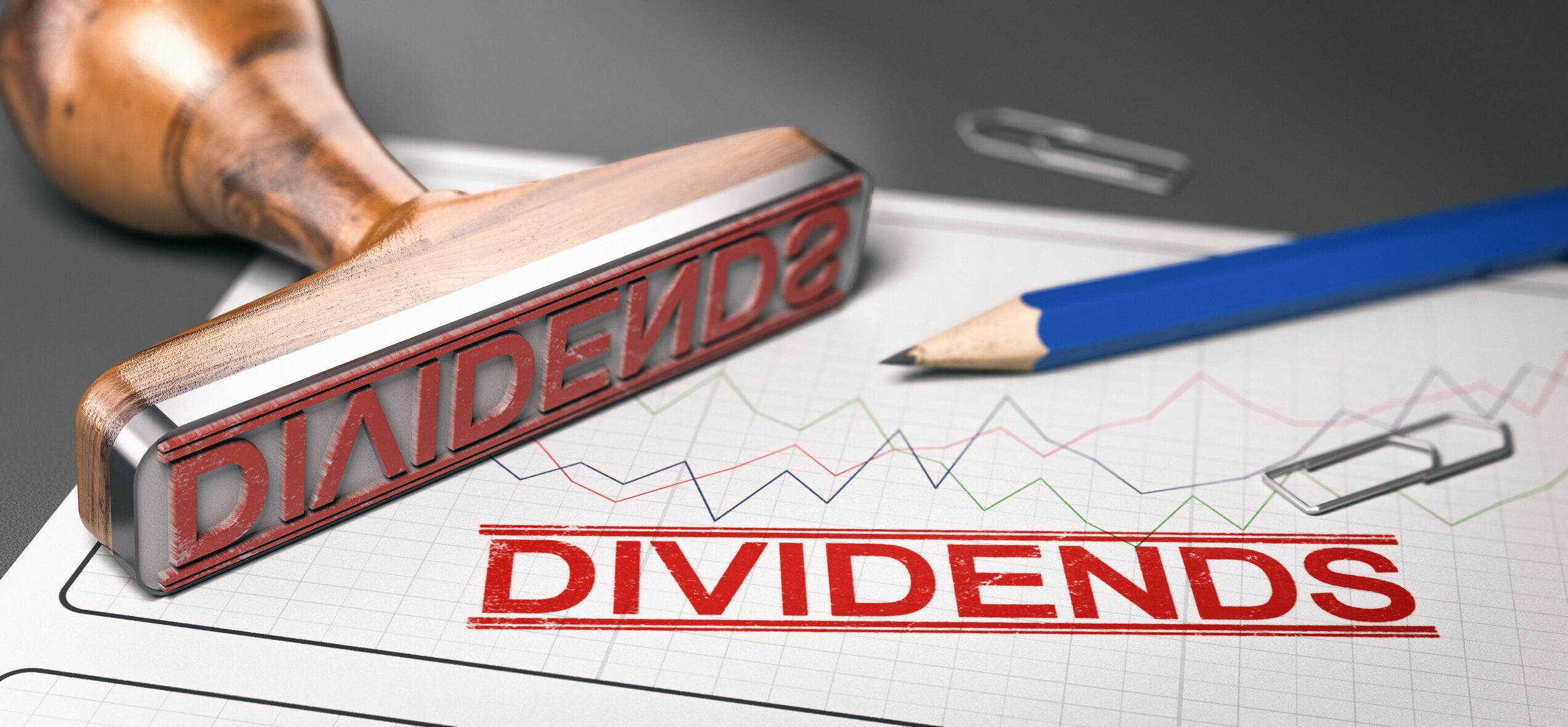As an investor, dividend paying stocks with a history of stable dividend payments are always a good choice as they provide a steady income stream in addition to potential capital gains. However, what happens when the company decides to cut its stock dividends? Are you better off selling when a stock cuts its dividend, or do you hold on to it?
This is a question many investors have to ask themselves. Cutting cash dividends can significantly impact the stock price, and many investors often wonder if they should sell these stocks or hold on to them.
Let’s explore this question in-depth and help you learn more about dividend investing, dividend payments, and more to make informed decisions about possible investment opportunities.

Stock Buybacks Vs. Dividends
When a company earns a surplus, it has a few options for using that money. Two popular methods are stock buybacks and dividends. On the one hand, stock buybacks occur when a company purchases its stock, reducing the number of outstanding shares in the market. On the other hand, dividends are a distribution of earnings paid to shareholders as a return on investment.
Both methods have advantages and disadvantages, and the decision on which to choose ultimately depends on the company’s financial situation and goals. While dividends offer immediate returns to shareholders, stock buybacks can potentially increase the value per share in the long run. Investors need to understand the differences between these two options when they invest in a company.
Understanding Dividend Cuts
Cash dividend cuts usually happen when a company faces unfavorable economic conditions, experiencing financial hardship, low cash flow, lower net income, or undergoing major changes in its operations. These changes lead to lower dividend payouts as the company tries to preserve its cash for future growth opportunities or reduce debt. As a result, the stock price often takes a hit, and many investors panic and sell their shares. However, it is essential to understand that a dividend cut is not always a sign of an underlying problem with the company.

Effects of Dividend Cuts on Stock Prices
When an organization cuts its dividend, its stock price can sometimes drop, and it may take some time for the stock market to regain its confidence. However, the magnitude of the price drop can vary, depending on the reason for the cut and the level of investor confidence in the company. In some cases, the market may have already priced in the dividend cut, and the stock price may not experience any significant movement.
The Impact of a Dividend Cut on the Company’s Business Model
A company’s decision to cut its dividend indicates that the business is undergoing changes. For instance, a company may be moving from a mature stage to a growth stage of operations. Alternatively, a company may be experiencing short-term headwinds that affect the company’s earnings and financial performance.
Before deciding to sell, investors should evaluate the impact of the stock dividend cut on the company’s long-term business model. If the company is in a growth phase, the short-term decline in earnings growth could signal a more prosperous business in the future.

Historical Performance of Companies That Cut Their Dividends
Several studies have shown that companies that cut dividend payouts underperform the broader market. The primary reason for the underperformance is the negative impact on investor sentiment. Share prices may fall significantly after the dividend cut when investors doubt management’s ability to deliver reliable returns. So, while it can be tough holding on to your investment after the dividend cut if you can see the bigger picture, you may benefit from a potential rebound in the company’s fortunes.
Another factor to take into account is the size of the dividend cut. If the cut is large, such as a 50% reduction or greater, it could be a red flag that warrants further investigation. On the other hand, if the cut is modest and the company has a conservative dividend payout ratio history, it may not be a cause for serious concern. Similarly, if possible, look at company debt and other financials for signs of storm clouds on the horizon.
Next, consider the company’s industry and competitors. Is the dividend cut unique to the company or are others in the industry also cutting their dividends? If a competitor in the same industry is maintaining its dividend, it may indicate that the issue is specific to the company rather than a trend. Comparing the dividend payout ratios of competitors can also provide insight into how the company is performing and whether the dividend cut is justified

Making the Decision to Sell or Hold a Dividend
Dividend cuts are rarely good news to investors who rely on dividend income in their portfolios. As previously mentioned, when a company cuts its dividend, it may be a warning sign the business is undergoing financial difficulties and may take time to recover. Timing is everything in investing, and investors who remain patient and identify the company’s underlying business model can benefit from capital appreciation and excess cash in the long term.
The decision to sell or hold depends on the investor’s financial goals and risk appetite. It is important to note some companies have experienced a value loss of their stock and then come back with a strong dividend, so in the end, these decisions should be made with more intuition (based on careful research) than emotion.
A Decline in Dividend and Stock Price
When researching, investors who employ a dividend investing strategy usually look at the stock price or dividend payment. However, it can be concerning when both the stock price and the dividend yield are declining. The natural reaction may be to panic and sell your shares, but taking a step back and evaluating the situation carefully is important.
Instead of solely focusing on short-term losses, consider the company’s long-term health by examining its industry, financials, debt, and payout ratio. By looking at these factors, you can better understand whether the decline is temporary or long-term. While some stocks may never recover, others have a history of returning with strong dividend growth. As stated earlier, it’s important to research and make informed decisions based on facts rather than acting out of fear.

Summary
So, are you better off selling when a stock cuts its dividend? Selling after a dividend cut is not always the best action, particularly if the company’s financials are otherwise solid. Investigating the reason for the cut and considering the broader picture of the company’s health, including its financial statements and competitors, is essential. Ultimately, selling should be based on the individual investor’s goals, risk tolerance, and overall portfolio allocation.
Furthermore, diversification can help insulate your investment portfolio from temporary shifts in stock value or dividends. When in doubt, seek the advice of a financial professional to ensure you make an informed decision.
As a member of Planning Made Simple, you can access investing resources that can help inform your investment strategy and educate your overall financial planning process. Planning Made Simple community members also have access to their dedicated Planning Made Simple Coach, who can help answer questions about investing, retirement plans, and more.
If you’re not a member of Planning Made Simple, discover the benefits of joining today.
